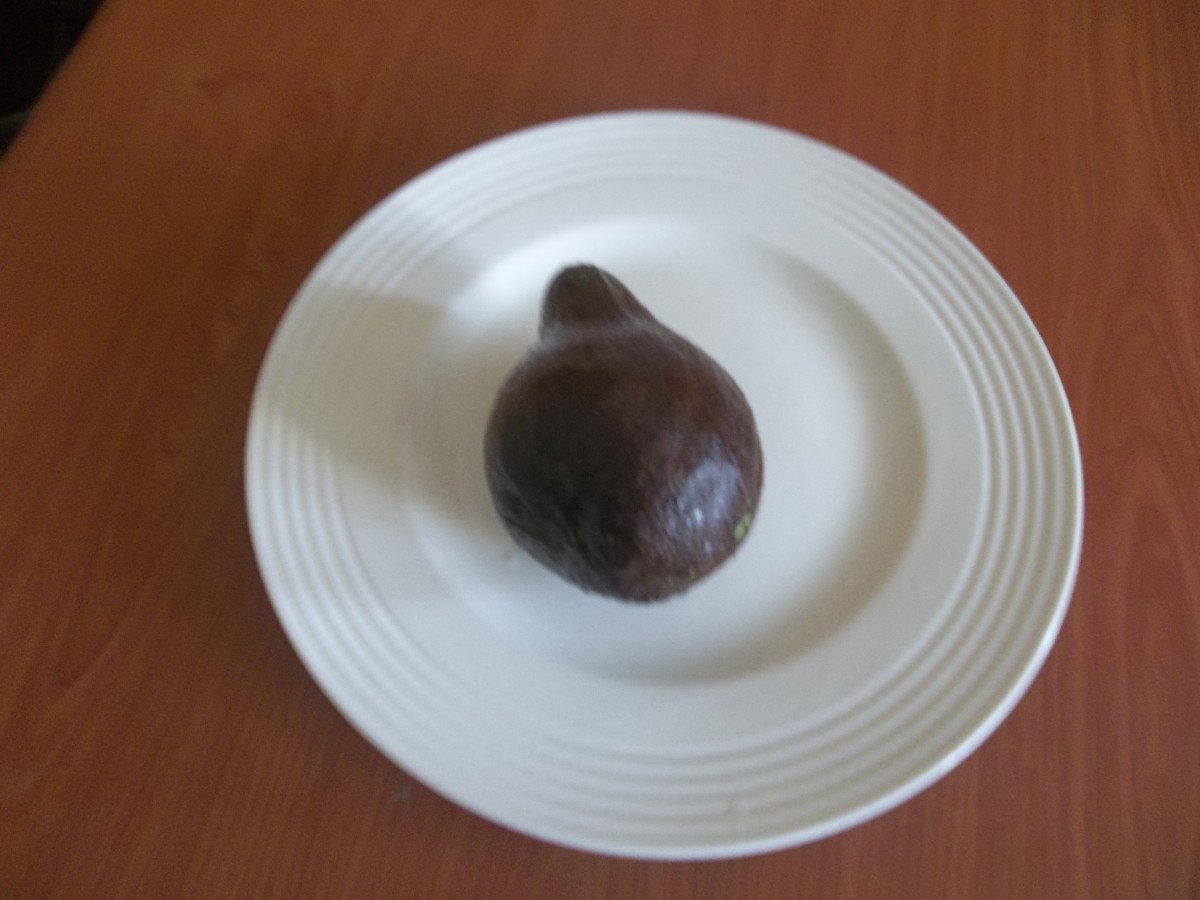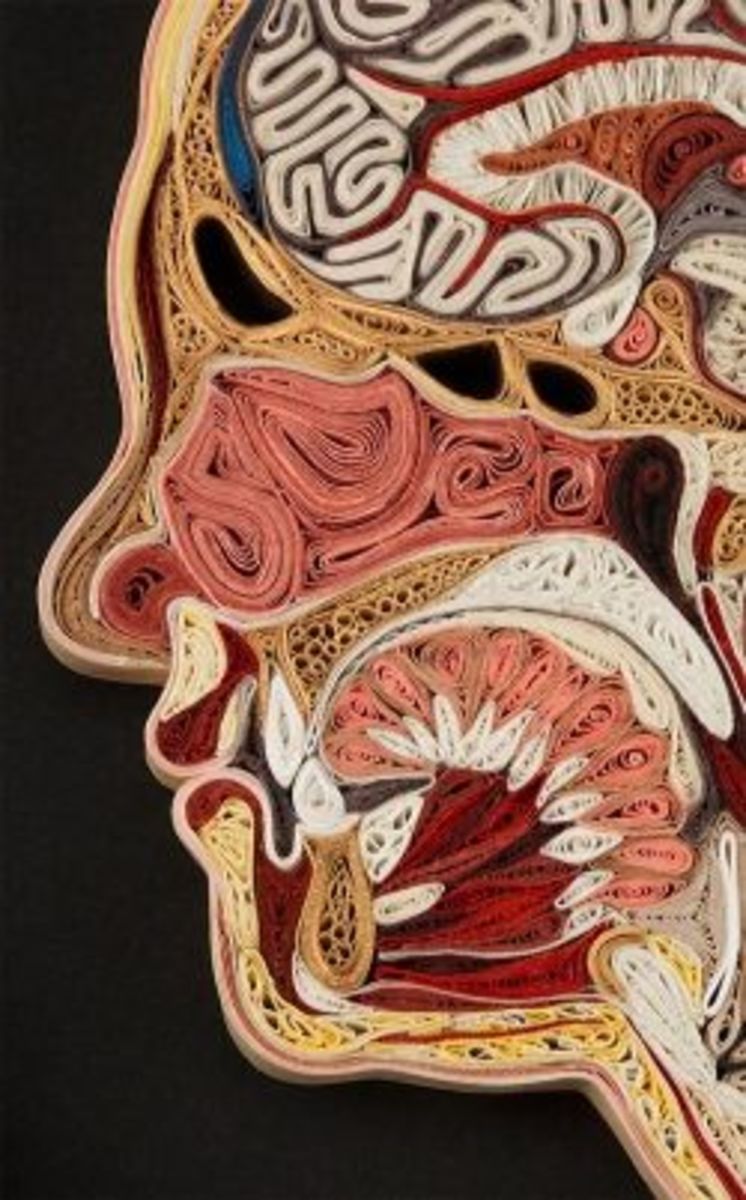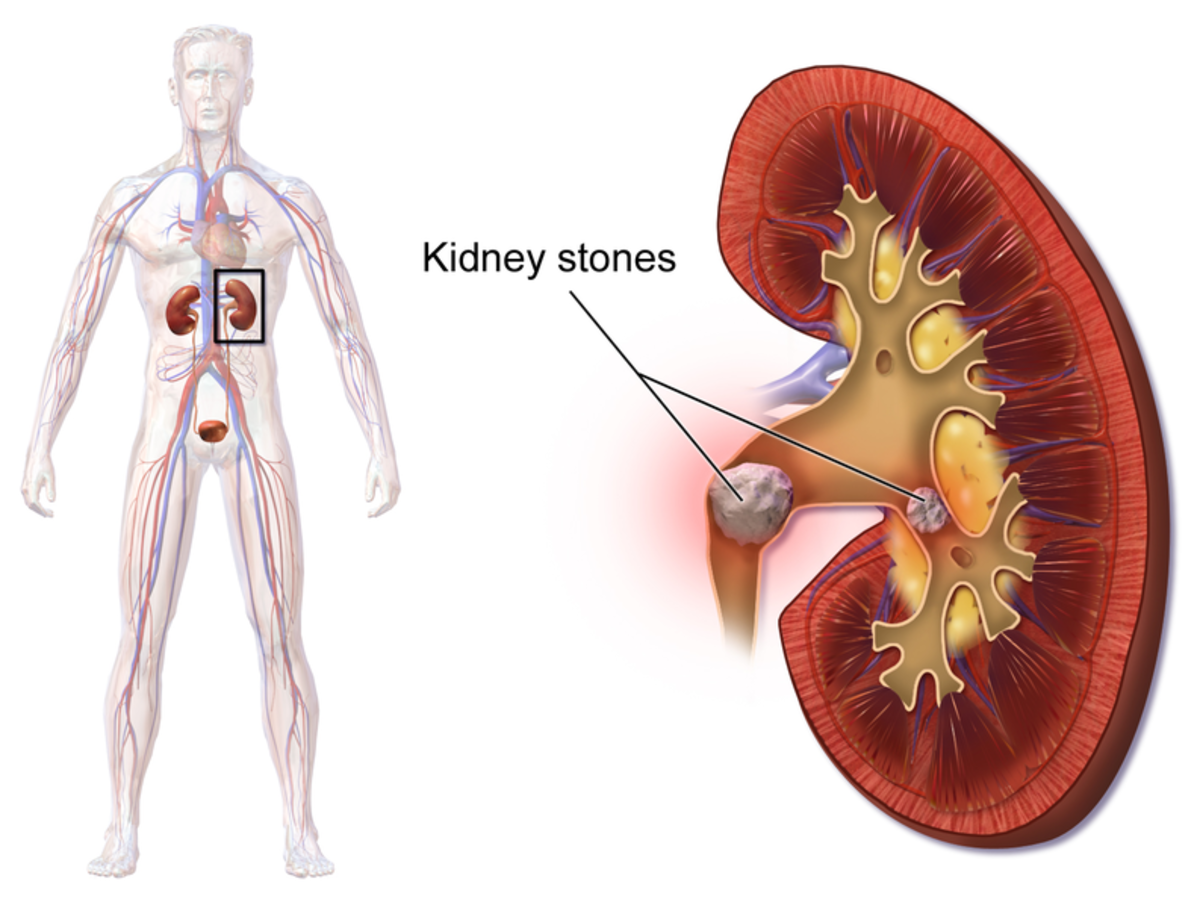How the Muscle Works

Skeletal muscles must be stimulated by nerves to operate while smooth muscles must be stimulated by hormones and a special set of nerves that belong to the autonomic nervous system. A person is usually unaware of the contractions of the muscles. But when the contractions become severe |or prolonged, cramps may results.
According to the "sliding filament theory," muscle cells are made up of, long parallel chains of protein molecules that can slide over each other. If the muscle cell is stimulated, the molecular chains slide over one another and the cell contracts.
All muscle fibers produce wastes called lactic acid as they work. If a muscle works very hard, these wastes collect in the muscle. As a result, the fibers lose some of their ability to contract, and the muscle fatigues. Fatigue is the inability of the muscle to contract due to the accumulation of lactic acid and the depletion of a ATP (Adenosin triphosphate). When fatigue occurs, the muscle must rest so that the body can remove the wastes and at the same time eat enough food to acquire new source of energy so the muscles can work again.








